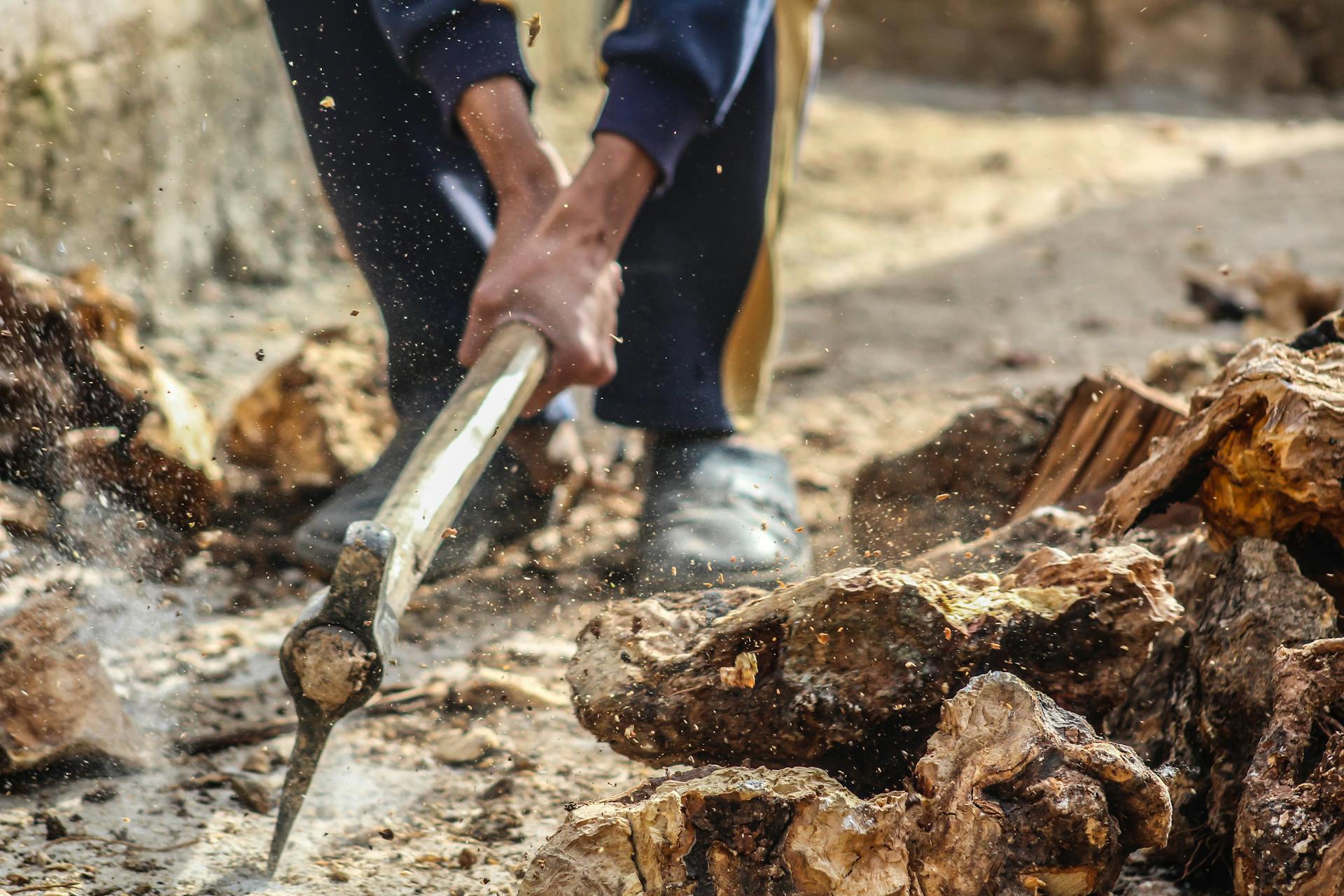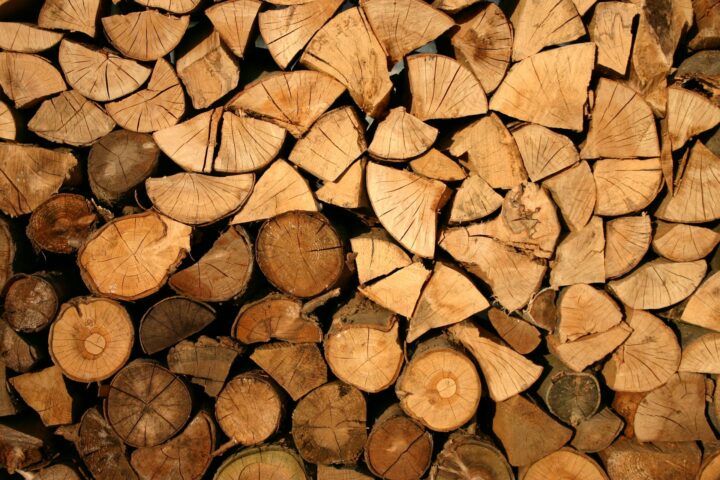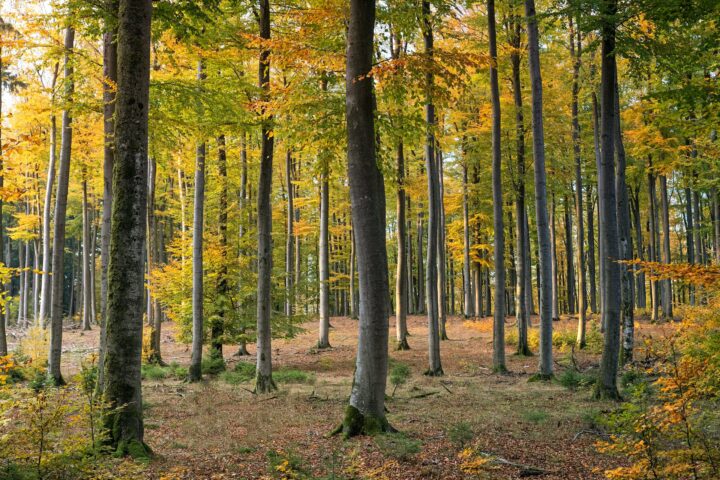-
Why Sustainable Forestry is the Future of Land Management
In today’s rapidly changing environmental landscape, sustainable forestry has emerged as an essential approach for the responsible management of forested lands. As forests face increasing pressures from urban development, climate change, and resource demands, sustainable forestry practices offer a pathway to balance ecological preservation with economic benefit. For companies like Green Ridge Forestry, sustainable forestry isn’t just a practice—it’s a commitment to nurturing forests that will thrive for generations to come.
What is Sustainable Forestry?
Sustainable forestry is an approach to forest management that seeks to meet present needs without compromising the ability of future generations to meet theirs. This involves carefully planning and implementing practices that ensure forests can regenerate, continue to provide habitat for wildlife, and support clean air and water. Sustainable forestry focuses on preserving the integrity of the forest ecosystem, maintaining biodiversity, and minimizing human impact while still allowing for responsible resource use, such as timber production.
The Benefits of Sustainable Forestry
Sustainable forestry offers numerous benefits for both the environment and communities. Here are some key advantages:
- Soil Preservation: Sustainable practices help prevent soil erosion, a common problem in conventional logging. Techniques such as selective logging, buffer zones, and maintaining vegetation in high-risk areas ensure that soil remains nutrient-rich and resilient, supporting future growth.
- Water Quality Protection: Forests play a vital role in regulating water quality. By protecting waterways from contamination and erosion, sustainable forestry practices help maintain clean water for surrounding ecosystems and human communities. This also protects aquatic species that rely on clear, sediment-free water.
- Carbon Sequestration: Trees absorb and store carbon dioxide, playing a critical role in mitigating climate change. Sustainable forestry maximizes carbon storage by promoting natural growth cycles and minimizing disturbances that release stored carbon. By maintaining forest cover and biodiversity, these practices help reduce greenhouse gas emissions and combat climate change.
- Biodiversity Support: Sustainable forestry fosters a healthy ecosystem by preserving habitats for a diverse array of plant and animal species. When forests are managed sustainably, they support a wide range of wildlife, protect rare species, and help maintain balance in the ecosystem.
Green Ridge’s Approach to Sustainable Forestry
Green Ridge Forestry takes sustainable forestry seriously, integrating eco-friendly methods into every aspect of its operations. With a focus on long-term forest health, Green Ridge employs practices that protect and nurture the land. For instance, selective logging is prioritized over clear-cutting, minimizing ecological disruption while still meeting timber demands. This approach not only supports forest regeneration but also provides a continuous habitat for local wildlife.
In addition to responsible logging practices, Green Ridge places a strong emphasis on forest health monitoring and proactive planning. Before any forestry activities commence, the team conducts comprehensive assessments of the land’s health, soil quality, water sources, and species diversity. This information allows them to design tailored management plans that address the unique characteristics of each forest, ensuring that every action taken supports sustainable outcomes.
Real-Life Successes in Sustainable Forestry
Sustainable forestry is more than a theoretical concept—Green Ridge has seen real results. In recent projects, they have implemented sustainable logging techniques that improved soil health and promoted forest regrowth, allowing the land to recover faster than with traditional methods. The team has also been instrumental in restoring degraded areas by replanting native species, which helps support biodiversity and reinforces the forest’s natural resilience.
One recent case involved a forest with high soil erosion risk. By implementing buffer zones, Green Ridge was able to reduce erosion significantly, protecting both the soil and nearby water sources. The success of this project demonstrated the positive impact of sustainable forestry practices, ensuring a healthier forest ecosystem for years to come.
Why Sustainable Forestry is the Future
The future of land management lies in practices that consider the health of forests, wildlife, and surrounding communities. Sustainable forestry addresses the pressing need to protect natural resources while allowing forests to continue serving as valuable sources of timber, recreational space, and wildlife habitat. As more people recognize the value of responsible forest management, sustainable practices will play an increasingly critical role in meeting environmental goals and fostering resilient ecosystems.
Green Ridge Forestry is proud to be at the forefront of this movement, helping landowners and communities embrace sustainable forestry as a viable solution. By choosing sustainable forestry, we all take a step toward a greener, healthier future—one where forests are preserved, ecosystems are protected, and resources are responsibly managed for generations to come.




